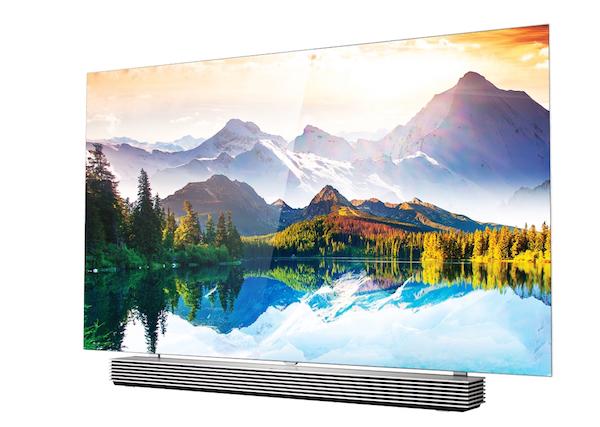Should I Buy a TV Now, or Wait for HDMI 2.1?

Q I’m looking to buy a 65-inch LG OLED Ultra HDTV to replace my Pioneer Kuro plasma, which is now 9 years old. Here’s my question: Should I wait until TVs and other components all have HDMI 2.1 connections, or should I just buy current models? Also, can products with HDMI 2.0a connections be updated to HDMI 2.1? —Alan McClure
A HDMI 2.1 is indeed coming, and it will be implemented on all manner of devices from TVs to receivers to Ultra HD Blu-ray players. But that doesn’t mean you should put off buying a new TV now. Here’s why.
First off, the HDMI 2.1 specification hasn’t yet been finalized, though that’s expected to happen sometime between April and June of this year. Once the spec is published, manufacturers can start implementing HDMI 2.1 in new products, which will arrive in 2018 at the earliest. So if you want to replace your aging Kuro with a new OLED, waiting on HDMI 2.1 means you won’t be able to do so until at least next year.
Second, though HDMI 2.1 will deliver a big increase in bandwidth — up to 48Gbps from 18Gbps in the current HDMI 2.0a version — it’s overkill for existing formats like Ultra HD Blu-ray, which require 18Gbps bandwidth at maximum. (And that’s only for 60fps movies . Most content on UHD Blu-ray is shot at 24fps, which requires much less bandwidth.) Why do we need a new HDMI version with all that extra capacity? Think of it as an investment in the future: HDMI 2.1 is designed to support forthcoming features like 8K resolution and 120fps frame rates. It also supports Dynamic HDR (something that the Dolby Vision format, which works with current HDMI formats, does as well), variable screen refresh rates for gaming, and enhanced Audio Return Channel (eARC), which will enable streaming of object-based surround sound formats like Dolby Atmos and DTS:X from a TV to a receiver.
Here’s my take on the situation: HDMI 2.1 is going to make interesting stuff possible, but much of that is still several years out. In the meantime, you could be enjoying Ultra HD movies with high dynamic range in both the HDR10 and Dolby Vision formats, both of which are supported on LG’s new OLED models, and by new Ultra HD Blu-ray players like Oppo’s UDP-203 (pending a forthcoming firmware update). As for updating current HDMI 2.0a gear to support specific HDMI 2.1 features such as eARC and Dynamic HDR, that’s something that HDMI Licensing says will “depend on manufacturer implementation.” In other words, it’s possible, but I wouldn’t count on it.























































